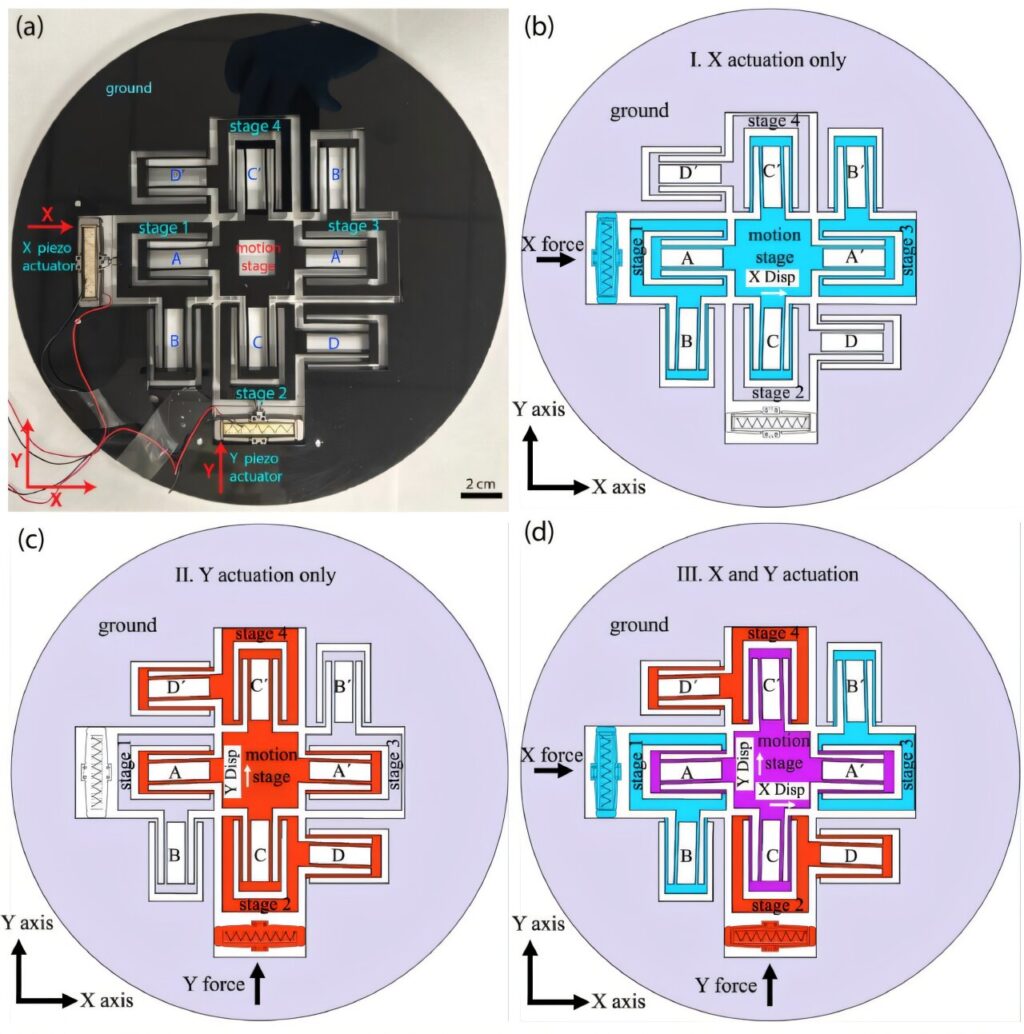
In a significant breakthrough for assisted reproductive technology, researchers from Cornell University have unveiled a vibration-powered chip designed to simplify and automate oocyte cumulus removal. This critical step in fertility treatments has traditionally required skilled technicians and well-equipped labs, making it inaccessible to many around the world. The new device promises to reduce costs and extend fertility treatment options to underserved regions, offering hope to millions of couples struggling with infertility.
The innovative chip, developed by a team led by Alireza Abbaspourrad, an associate professor in the College of Agriculture and Life Sciences, uses vibration-induced flow to automate the delicate process of cumulus removal (CR). “This platform is a potential game-changer,” Abbaspourrad stated. “It reduces the need for skilled technicians, minimizes contamination risks, and ensures consistent results—all while being portable and cost-effective.”
Understanding the Cumulus Removal Process
In fertility treatments, cumulus removal is essential for evaluating oocyte maturity before sperm injection or ensuring successful fertilization in vitro. Traditionally, this process involves manually pipetting to detach cumulus cells from the oocyte, a procedure that demands precision and expertise. Errors can lead to damaged oocytes or failed fertilization, making it a labor-intensive task.
The Cornell team’s device, a disposable, open-surface chip, automates this process using a spiral array of micropillars that create a whirling flow when vibrated. This flow efficiently separates smaller cumulus cells from the larger oocytes. “The process is fast, efficient, noninvasive, and more consistent, while reducing manual labor and preserving embryo development outcomes,” explained Amirhossein Favakeh, a doctoral candidate and co-author of the study published in the journal Lab on a Chip.
Testing and Validation
The researchers tested their device on mouse oocytes, which share genetic similarities with human eggs. By adjusting vibration power, exposure time, and enzyme concentration, they optimized the system to denude up to 23 oocytes simultaneously without loss or damage. Even freeze-thawed oocytes, typically more fragile, were successfully processed.
“Fertilization rates were 90.7% for manual pipetting and 93.1% for vibration-induced flow, while the rate of formation of blastocysts was 50.0% and 43.1%, respectively,” Abbaspourrad noted, underscoring the method’s safety and efficacy.
Broader Implications and Future Directions
Beyond fertility clinics, the chip’s ability to separate particles of different sizes could find applications in other biomedical fields, such as cancer cell isolation or microfluidic research. Its low cost and ease of use make it particularly appealing for regions with limited access to advanced medical facilities. Favakeh emphasized the potential to democratize access to fertility treatment by reducing reliance on expensive equipment and highly trained embryologists.
“Ordinarily, the whole process is costly and delicate; clinics invest a lot of time in training, and it is very dependent on human resources,” Abbaspourrad said. “With this, you don’t need a highly trained human to do it. And what is really important is there is almost no chance of damaging or losing the cell.”
The team plans to expand their research to include human oocytes and explore applications in intracytoplasmic sperm injection, where CR is performed prior to fertilization. They also aim to refine the chip’s design for broader use in cell manipulation and sorting.
For now, the Cornell scientists are celebrating a major step forward in assisted reproductive technologies. “This is a small device with a big impact,” Abbaspourrad concluded, highlighting the potential of their innovation to transform fertility treatments worldwide.







